Inspired by Rabbit Fur! Graphene/Polyurethane Hybrid Fibers for Thermal Management and Sensors
1. Overview
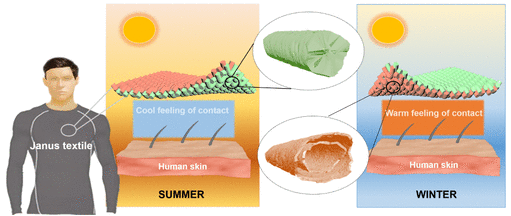
Multifunctional fibers and wearable textiles are driving significant breakthroughs in personal thermal management. While most research focuses on steady-state heat transfer, the initial transient period also plays a critical role in human thermal comfort.
In a study published in ACS Applied Nano Materials, Hu Xili and colleagues from Qingdao University presented an innovative approach to develop two types of tunable fibers with opposite thermal properties under transient conditions. The paper, titled “Multiwalled Hollow Polyurethane and Graphene Oxide/Polyurethane Fibers in Janus Textiles for Thermal Management and Sensors”, introduces a method based on microfluidic spinning to create fibers inspired by rabbit fur.
- Multiwalled Hollow Polyurethane (MWPU) fibers: These fibers mimic rabbit fur’s thermal insulation, providing low heat absorption and a warm-touch feel.
- Graphene Oxide/Polyurethane (GO/PU) fibers: These fibers offer high heat absorption and an inherent cool-touch sensation.
To demonstrate these fibers’ potential, the researchers wove them into a two-sided Janus textile, achieving reversible warm or cool sensations depending on the surface exposed to the environment. They further developed compressible 3D smart textiles embedded with pressure sensor arrays for smart insoles and bed sheets, using graphene-modified conductive fibers as sensor units. The combination of cold and warm fibers ensures thermal comfort during contact.
This bio-inspired fiber design focuses on transient thermal comfort, making it ideal for year-round use with surfaces optimized for both summer and winter.
2. Visual Highlights
Figure 1: Schematic of 2D Janus fabric and 3D smart textile production from tunable fibers.
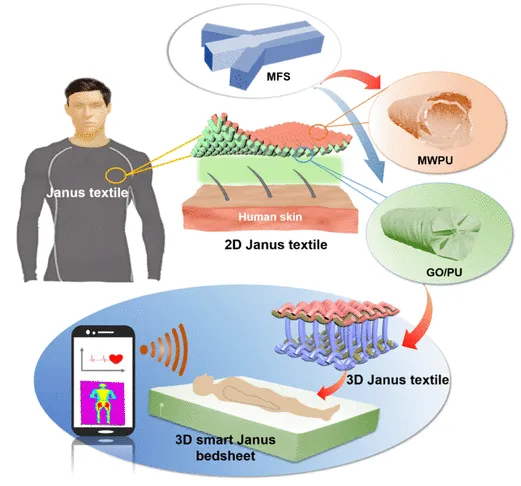
Figure 2: Manufacturing route of the tunable functional fibers.
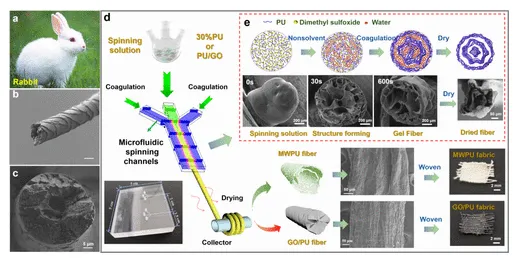
Figure 3: Morphology and thermal performance of the two functional fibers.
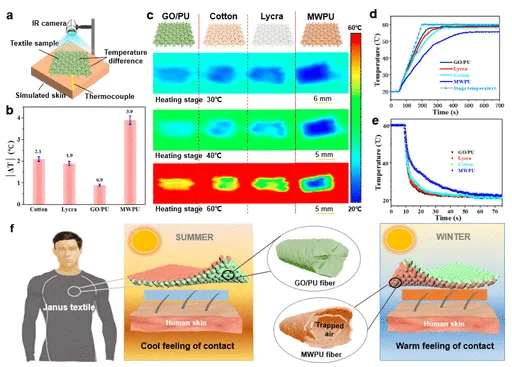
Figure 4: Intrinsic opposite thermal properties of woven fibers and the Janus fabric structure.

Figure 5: Mechanical properties and strain-sensing performance of G/GO/PU fibers.
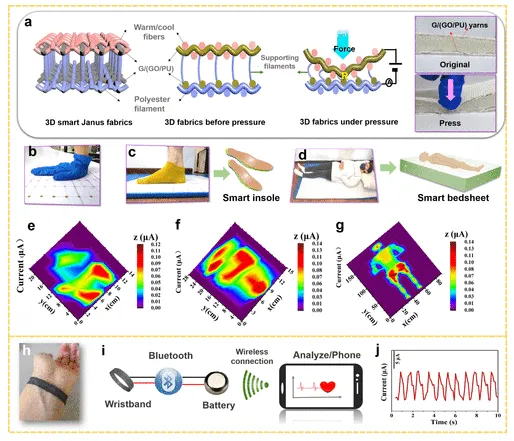
Figure 6: 3D Janus smart textile used in insoles, bed sheets, and health monitoring.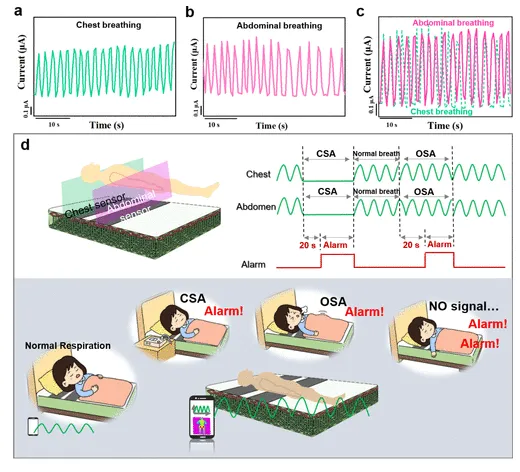
Figure 7: Application of the 3D Janus fabric in smart mattresses for respiratory monitoring.
3. Conclusion
This study introduces a microfluidic spinning technique to produce MWPU fibers with thermal insulation and a warm-touch feel, alongside GO/PU fibers with an inherent cool-touch effect. When woven into a two-sided Janus textile, these fibers provide reversible thermal comfort at room temperature. Integrating graphene nanosheets into GO/PU fibers enhances conductivity, enabling the design of 3D smart textiles. These materials are integrated into smart insoles and mattresses, offering pressure-sensing functionality for health monitoring, sports tracking, and adaptive thermal comfort.
This research opens new avenues for intelligent textiles and holds promise for applications in personal monitoring and adaptive environments.
Source:
https://doi.org/10.1021/acsanm.4c04067


